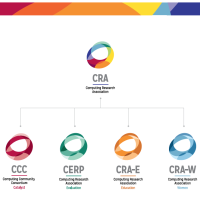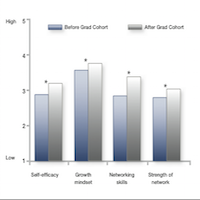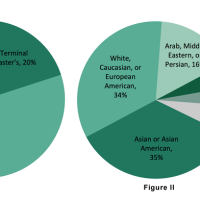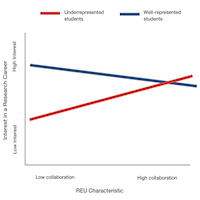
New Look for CRA Unveiled at the 2014 CRA Conference at Snowbird
We are proud to announce the launch of a new brand for CRA and its committees. As the impact of CRA’s activities are becoming more widely recognized and valued across our industry, we decided to develop a new brand identity that reinforces and amplifies our mission, objectives and programs. Our new brand is part of our larger effort to create a comprehensive communications strategy for CRA and its many activities. After updating our mission statement, last fall we began developing a brand that positions CRA as dynamic and collaborative, while preserving the unique identities of CRA’s distinct committees.
















